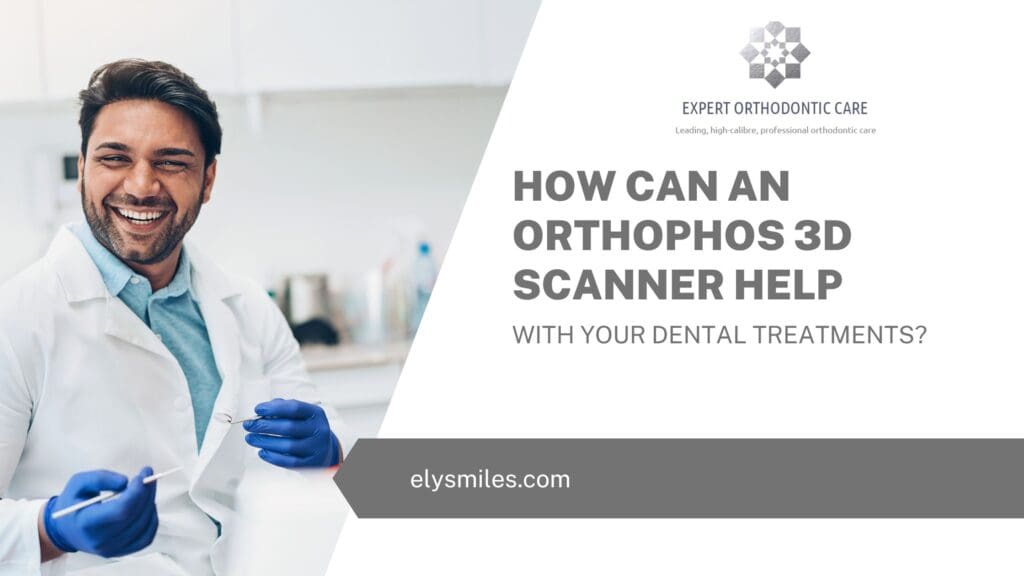
The technology used for treating dental health issues has come a long way in the previous decades. Today, dentists are increasingly relying on digital technologies to improve dental diagnosis and treatment. With the advent of digital x-rays and other radiographic systems, dental treatment quality has improved massively.
This blog discusses the various advancements related to dental technology that have completely revolutionised the dental healthcare industry, and how they have positively impacted dental patients. So, read on to learn all you need about the cutting-edge advancements in dentistry.
What Are Some Recent Advancements In Dental Treatment?
There is a long list of advancements that have been made in the dental industry that have directly benefitted dental patients. Let’s start with digital radiography. Digital x-rays provide better detail and ease of diagnosis than conventional x-rays. More importantly, they take significantly lesser time to develop and generate comparatively lesser radiation.
Apart from digital x-rays, a technology called “cone-beam coherence tomography” (CBCT) allows dentists to visualise layer-by-layer 3D images of the entire facial region of a patient. This enables them to ascertain the precise 3D volume of the bone and identify any underlying pain or pathology. CBCTs have been particularly useful in the diagnosis and treatment of implant dentistry cases, allowing the dentist to pinpoint the best location and angulation for implant insertions precisely. Also, CBCTs are useful in diagnosing TMJ disorders.
Another advancement in dentistry is the advent of digital intra-oral scanners. These scanners allow the dentist to do away with conventional physical impressions, which are messy and inconvenient. Instead, intra-oral scanners will digitally record an image of your teeth and use it to prepare dental restorations and prostheses. One such device is the Sirona Orthophos SL 3D, which dentists use worldwide to improve patient diagnosis and treatment outcomes.
How Is 3d Scanning Technology Applied To Health Care?
The 3D scanning technology is used in various industries, including dental healthcare. One of the most impressive uses of 3D scanners in dentistry is digital impression-making; gone are the days when patients had to make dental impressions using physical impression materials, which were cumbersome. Today, dentists simply use intra-oral scanners to generate a digital, 3D image of the patient’s entire dentition. This image is then fed into special software, which allows them to design an aesthetically pleasing and precisely fitting restoration or prosthesis. Besides, dentists can use intra-oral scanners to show the status of a patient’s teeth on a screen to educate them, and explain different dental procedures.
Does A 3D Scanner Improve Health Care Services?
As mentioned earlier, 3D scanners have completely revolutionised how dentists provide dental care to their patients. Digital scanners allow high-resolution, crystal-clear images of the patient’s teeth and help in the diagnosis and treatment planning process. Also, digital impressions can also be used to fabricate 3D-printed restorations and prostheses using CAD-CAM technology.
What Kind Of Xrays Are Required For Dental Implants?
The successful replacement of missing teeth with dental implants requires a thorough clinical examination and detailed treatment planning. In addition, different types of x-rays are needed to prepare a fully-customised treatment plan for patients.
- For example, peri-apical x-rays are needed to visualise a 2D image of the jawbone area where the implant will be inserted.
- Similarly, a panoramic x-ray (OPG) is used to gain an overall image of all teeth and their neighbouring structures, lncluding the jaw joints.
- Finally, a specialised x-ray image called CBCT is needed to observe a layer-by-layer, 3D image of the jawbone and adjacent structures. This allows the dentist to fabricate a surgical template that guides them to place the implant precisely at the pre-determined location and position.
How Can A Tooth Infection Be Identified In An X-Ray?
Dental x-rays can be used to identify dental infections. For example, an infection around the tooth root, also known as a peri-apical lesion, it can be identified on a peri-apical radiograph. This x-ray provides a magnified image of the tooth root and the surrounding jawbone. This helps the dentist ascertain the extent of the infection and prepare an appropriate treatment plan.
How Do Oral Dental Scanners Work?
Dental scanners contain a high-definition camera that records a digital image of the teeth and soft tissues in the oral cavity. This digital image is then opened in special software that allows the dentist to visualise the alignment of the teeth and any other underlying problems. This image can also be projected on a large screen for patient education or to explain a dental procedure.
What Is The Process For Smile Design?
A smile design is a procedure in which your dentist will use digital technology to identify flaws in one’s smile and appearance and use special software to plan cosmetic procedures to eliminate them.
- The first step in a smile design is to obtain a digital image of the teeth and related structures using a digital intra-oral scanner.
- Next, your dentist will visualise these images in software that allows them to identify the cosmetic defects.
- Subsequently, they will use digital technology to design an unblemished smile.
The beauty of a smile design is that patients can see how their smile will look even before their treatment starts. In this way, they can modify their smile to enjoy precisely the same smile they have always wanted.
Are you interested in benefitting from the latest digital dental technology? Do you wish to undergo a complete smile design to rejuvenate your smile in Ely? Then Ely Smiles is your best option. We take pride in having cutting-edge dental equipment and highly experienced dental professionals that will help you enjoy the smile of your dreams. So, what are you waiting for? Book an appointment today and let digital dentistry give you the smile you deserve.








